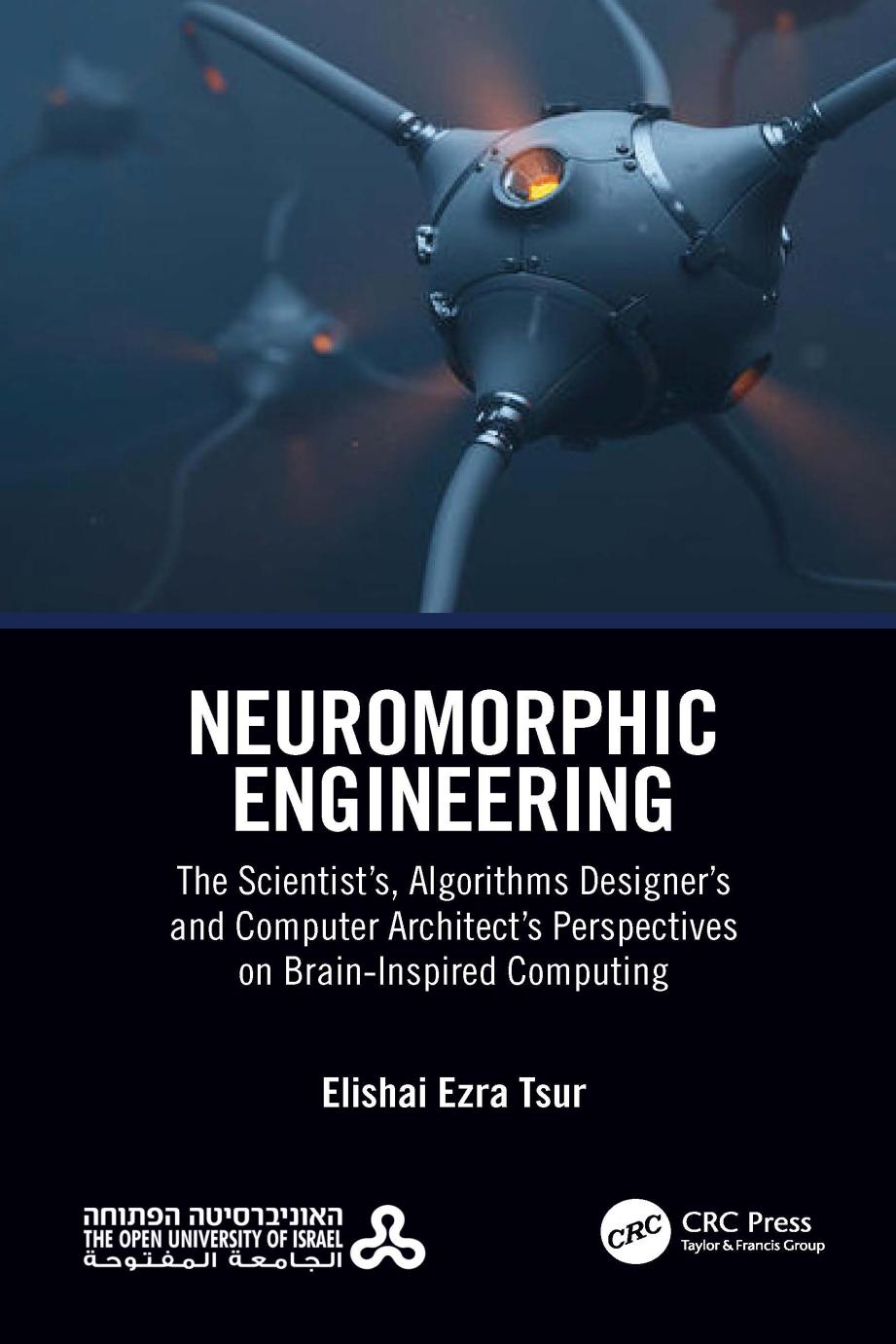

Most ebook files are in PDF format, so you can easily read them using various software such as Foxit Reader or directly on the Google Chrome browser.
Some ebook files are released by publishers in other formats such as .awz, .mobi, .epub, .fb2, etc. You may need to install specific software to read these formats on mobile/PC, such as Calibre.
Please read the tutorial at this link. https://ebooknice.com/page/post?id=faq
We offer FREE conversion to the popular formats you request; however, this may take some time. Therefore, right after payment, please email us, and we will try to provide the service as quickly as possible.
For some exceptional file formats or broken links (if any), please refrain from opening any disputes. Instead, email us first, and we will try to assist within a maximum of 6 hours.
EbookNice Team

Status:
Available4.4
33 reviewsThe brain is not a glorified digital computer. It does not store information in registers, and it does not mathematically transform mental representations to establish perception or behavior. The brain cannot be downloaded to a computer to provide immortality, nor can it destroy the world by having its emerged consciousness traveling in cyberspace. However, studying the brain's core computation architecture can inspire scientists, computer architects, and algorithm designers to think fundamentally differently about their craft.
Neuromorphic engineers have the ultimate goal of realizing machines with some aspects of cognitive intelligence. They aspire to design computing architectures that could surpass existing digital von Neumann-based computing architectures' performance. In that sense, brain research bears the promise of a new computing paradigm. As part of a complete cognitive hardware and software ecosystem, neuromorphic engineering opens new frontiers for neuro-robotics, artificial intelligence, and supercomputing applications.
The book presents neuromorphic engineering from three perspectives: the scientist, the computer architect, and the algorithm designer. It zooms in and out of the different disciplines, allowing readers with diverse backgrounds to understand and appreciate the field. Overall, the book covers the basics of neuronal modeling, neuromorphic circuits, neural architectures, event-based communication, and the neural engineering framework.